Nepal Himalayas consist a world of biodiversity, harboring some of the most extraordinary flora and fauna on our planet. Let’s have a look at some of the Flora and Fauna of Himalayas.
The Himalayan mountain range stands as a colossal marvel of nature Beyond its breathtaking views we can can found verity of Flora and Fauna.
Floras of the Himalayas by Zone
Tropical Zone
At the base of the Himalayas, in the foothills lies the tropical zone. Here, lush forests thrive, teeming with broad-leaved evergreen trees like Sal, and Bamboo. Colorful Orchids and Exotic Ferns drape the forest floor creating an otherworldly ambiance.
Subtropical Zone
Moving upwards, we enter the subtropical zone. Rhododendrons, Oak trees, and Magnolias dominate this region.
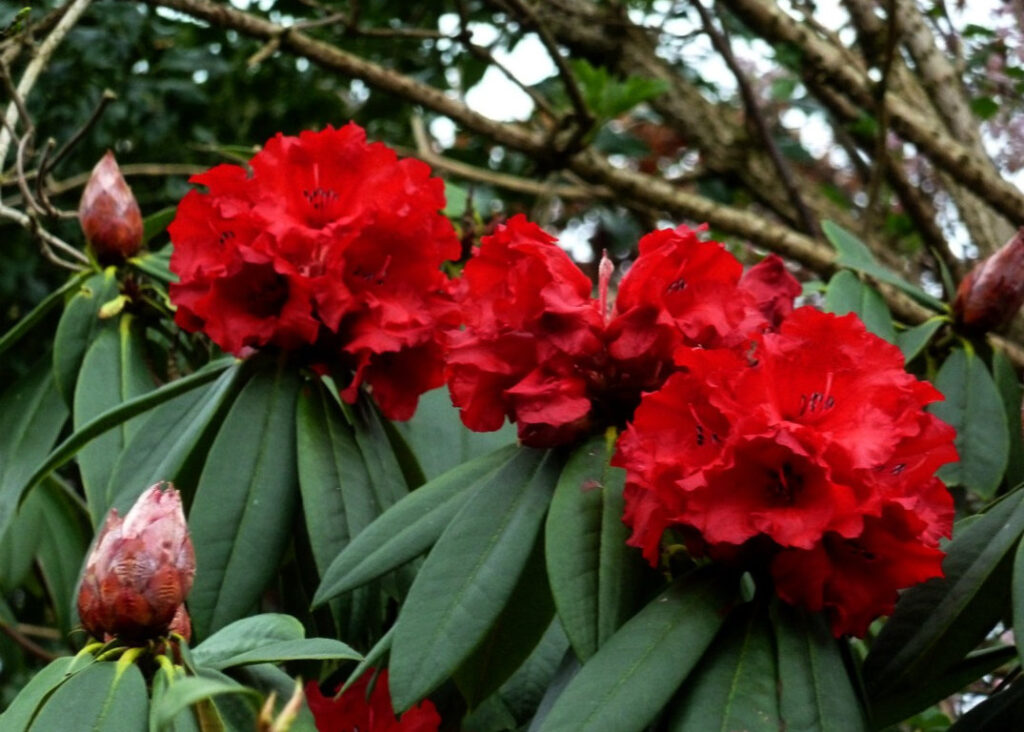
The rhododendron, with its vibrant blooms, is particularly spectacular, carpeting the mountainsides in a riot of colors during spring.
Temperate Zone
The temperate zone is a botanical wonderland, characterized by dense coniferous forests of Pine, Fir, and spruce. Ferns, Mosses, and Lichens thrive in the cool and moist environment, giving the forest floor a lush and mystical appearance.
Also Read: Top Things to Do and See at Everest Base Camp
Subalpine and Alpine Zone
As we ascend further, we enter the subalpine and Alpine zones, where the vegetation becomes sparser due to harsh weather conditions. Here, hardy and specialized plants like Junipers, Dwarf Rhododendrons, and Edelweiss have adapted to thrive in the thin mountain air and extreme temperatures.
Unique Flora found in the Himalayas
Rhododendrons
The Himalayan region is celebrated for its vibrant rhododendron forests. These delicate, bell-shaped flowers grace the mountain slopes with a captivating curtain of pink, red, and white hues.
As the sun’s warm grab awakens these blossoms from their winter slumber, the mountains come alive with a dazzling display of nature’s artistry, making it a sight to behold and cherish.
Blue Poppies
Within the Himalayan realm lies the elusive Blue Poppy, scientifically known as Meconopsis, a true rarity and treasure. This flower graces the landscape with its beautiful Azure Petals, casting a Spellbinding Spell on all who encounter it.
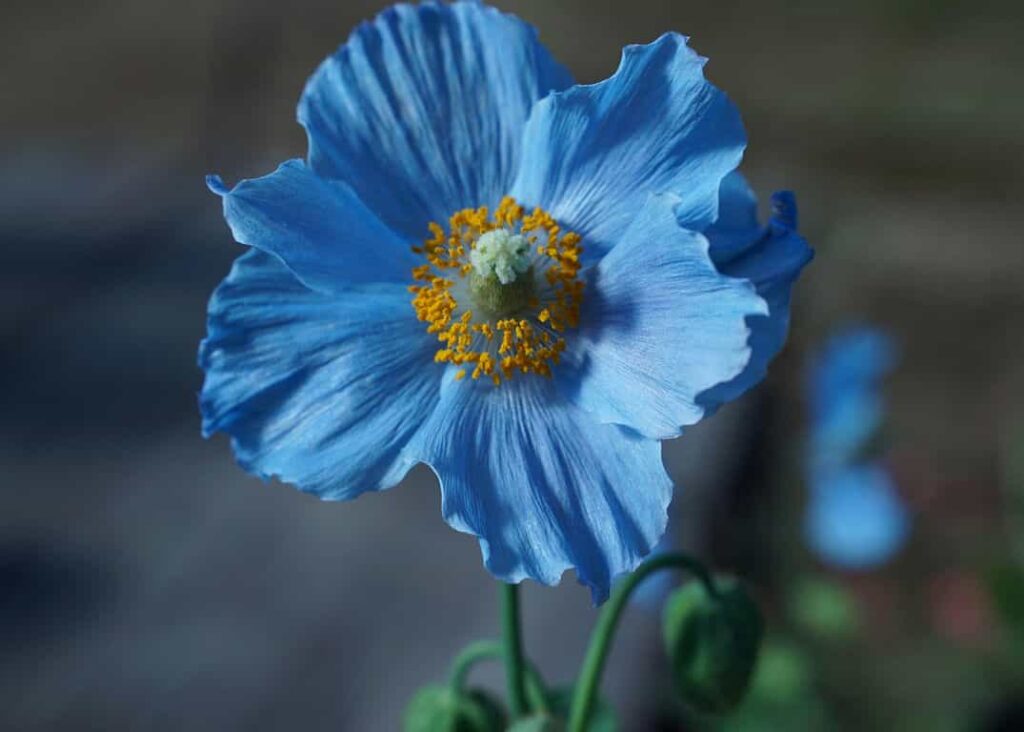
Typically, these blooms can be found in the pristine alpine meadows and within rocky crevices, where they grow vigorously in the crisp. The blue poppy’s presence adds an extra layer to the Himalayas, making it a sought-after and breathtaking beauty.
Medicinal Plants
Himalayas lies a vast treasure trove of medicinal herbs and plants, for centuries in the practice of traditional Ayurvedic medicine. These natural wonders are not merely flora but Potent Healers, improve the heritage of ancient remedies. Among these, the highly prized Yarsagumba stands out.

Yarsagumba is a fungus that grows on ghost moth caterpillars in alpine meadows. The mushroom-like fruiting body emerges from the soil in spring and releases spores in late summer to continue the fungus’s life cycle.
You may also like: Top 10 UNESCO World Heritage Sites of Nepal
Alongside it, the aromatic rhubarb thrives, offering its therapeutic essence to those in need. These botanical treasures have been sought after throughout the ages for their profound healing capabilities, serving as a testament to the Himalayas’ invaluable contribution to the world of natural medicine.
Juniper Trees
Resilient juniper trees tenaciously cling to the rocky outcrops, their weathered trunks and fragrant branches creating a striking and captivating contrast against the rugged mountain terrain. Beyond their aesthetic appeal, these trees play a pivotal role in the fragile Himalayan ecosystem, offering shelter and sustenance to a diverse array of wildlife.

In this challenging environment, the juniper trees become life-givers, providing vital habitats for numerous creatures, from the elusive snow leopards that prowl the high altitudes to the colorful Himalayan monal pheasants that grace the skies. Their berries, with their distinctive aroma, are a source of nourishment for a variety of birds and small mammals, ensuring the continuation of this intricate ecological web.
Fauna of the Himalayas
Let’s explore the enchanting fauna found in the Himalayan region, where nature’s beauty knows no bounds.
Snow Leopards
Among the Himalayas’ most iconic inhabitants is the elusive snow leopard, an apex predator supremely adapted to the unforgiving, high-altitude environment of these rugged mountains. Cloaked in a striking coat adorned with beautiful black spots, they epitomize the epitome of nature’s artistry and evolution. The snow leopard’s can adapt the harsh climate and challenging terrain of the Himalaya.
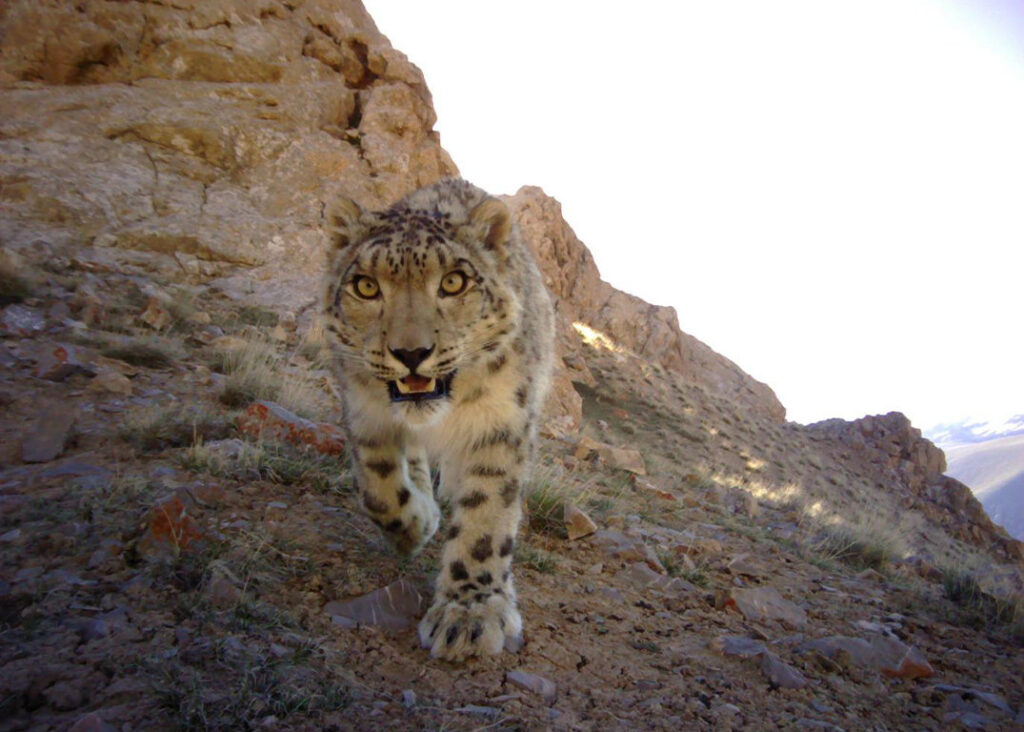
These Leopards are not only symbols of the Himalayas but also guardians of their fragile ecosystems. As apex predators, they play a crucial role in maintaining the balance of the food chain, ensuring the health and vitality of the region’s diverse wildlife.
Himalayan Monal
“The jewel of the Himalayas,” the Himalayan Monal is a bird that only found in a mountain range. Adorned with feathers that exhibit a interplay of colors, their vibrant is akin to a beautiful rainbow. These avian wonders do more than simply adorn the landscape with their stunning beauty.
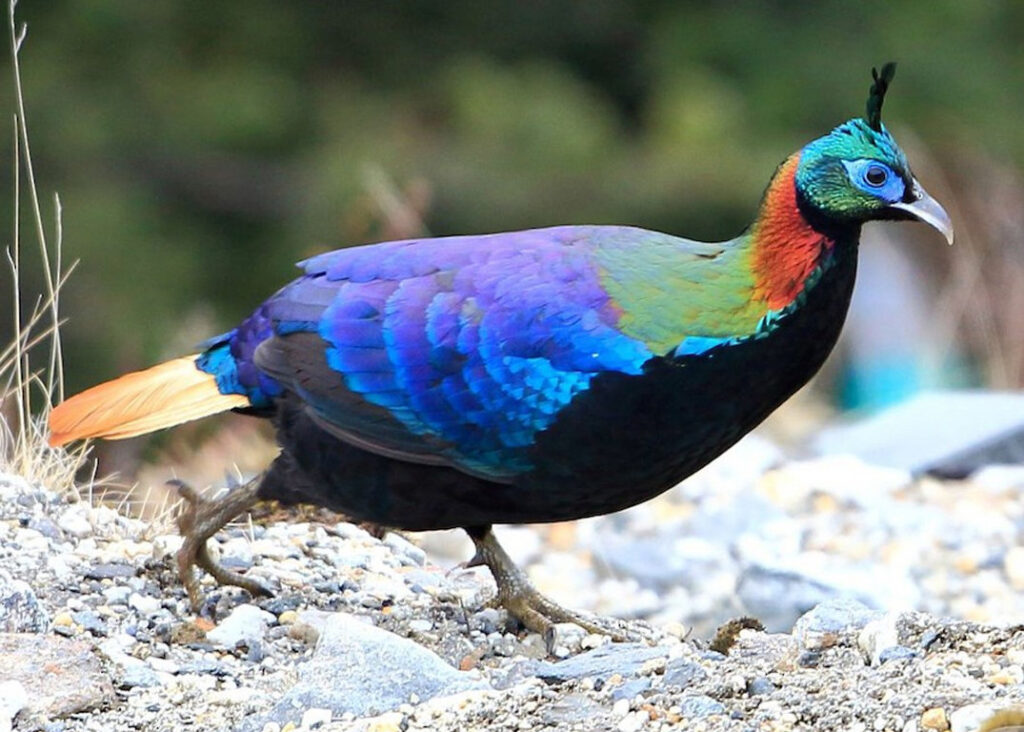
They are living, breathing symbols of the Himalayas’ unparalleled biodiversity. In their presence, we witness a profound connection between the vibrant avian life and the rich ecological curtain that is woven throughout these lofty peaks. The Himalayan Monals embody the essence of life in these high-altitude realms.
Red Panda
Red panda is often known by its distinctive bushy tail and an utterly charming masked face. These bashful creatures embody the very essence of the Himalayan ecosystem. These Pands has russet fur, expressive eyes, which capture the hearts of all who chance upon its presence.
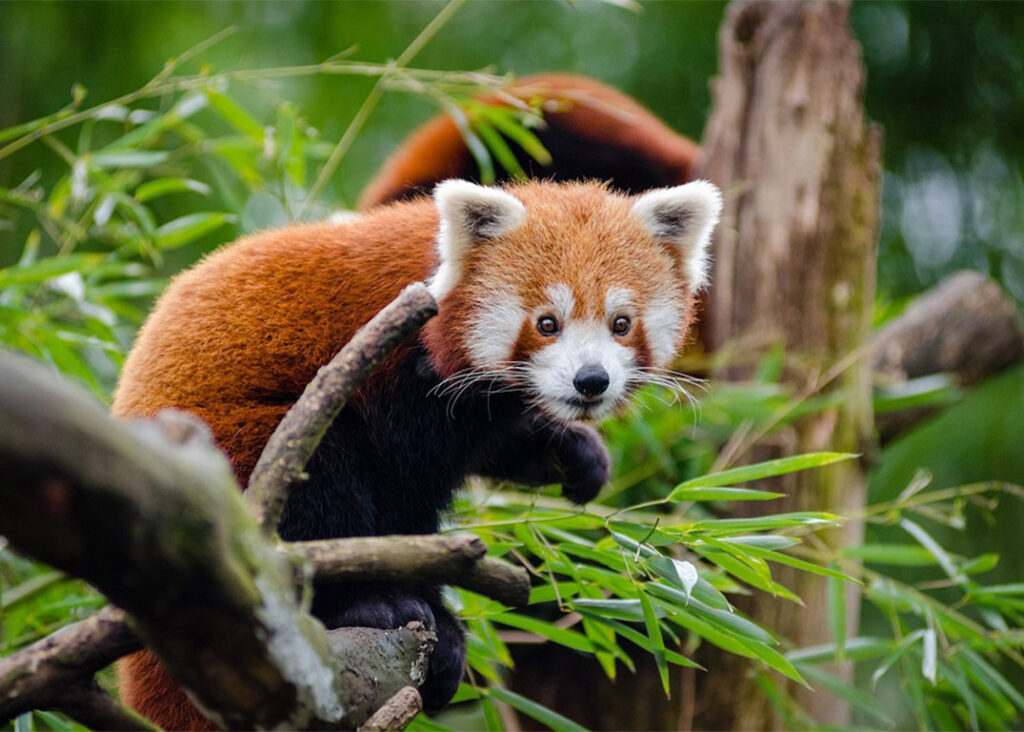
Red Panda is very shy and elusive creatures, and are not merely creatures of beauty but also pivotal players in the delicate ecological symphony of the region. As they navigate the dense undergrowth and canopies of the towering trees.
Himalayan Musk Deer
The Himalayan musk deer, is known for its prized musk gland, and White-bellied is yet another wonderful Fauna of Himalayas. These deer learn to adapt the challenges presented by the high-altitude terrain that enable their survival amidst the formidable .
Popular: Discovering Nepal’s Unique Architecture
These secretive creatures, although small in stature, possess an uncanny ability to thrive in the unforgiving and rugged environment of the Himalayas. Their adaptations include a keen sense of awareness, enabling them to navigate the dense underbrush and steep slopes of their mountainous home with remarkable agility. Their unique Musk glands, sought after for centuries, underscore the intricate interplay between these creatures and the ecosystems they inhabit.
Himalayan Tahr
The Himalayan tahr, characterized by its rugged shaggy coat and unmistakable curved horns, stands as an iconic and emblematic species of the region. These herbivores are uniquely suited to the formidable challenges presented by the steep and rocky terrain of the Himalayas, and their graceful ascent of mountain slopes adds to the charismatic charm of the region’s diverse wildlife.
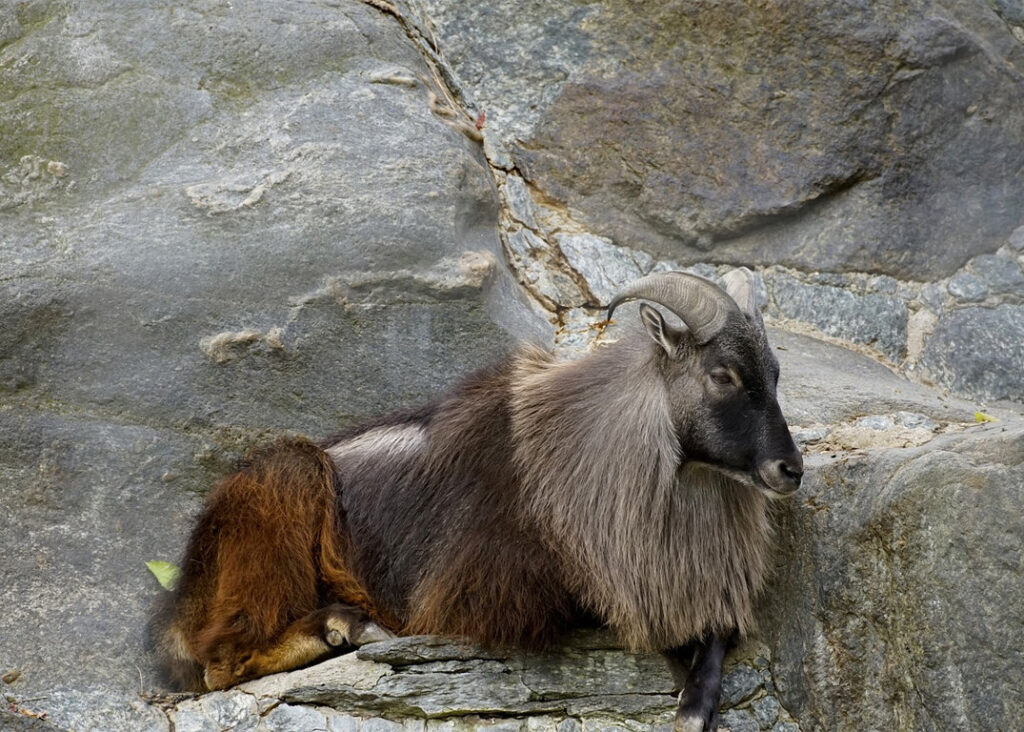
Draped in their weather-resistant coats, Himalayan tahrs are well-prepared for the harsh mountain environment. Their stout and muscular physique allows them to expertly navigate the treacherous inclines and rocky outcrops that define their home.
Himalayan Brown Bear
Among the formidable titans of the Himalayan wilderness, the Himalayan brown bear stands as a majestic presence, freely traversing the high–altitude meadows and dense forests. These magnificent creatures, distinguished by their commanding size and luxuriously thick fur. They are the subspecies of the brown bear.
More: Best Seasons and Months to Trek in Nepal
Beyond their remarkable physical attributes, these bears play an integral role in the delicate balance of the Himalayan ecosystem. They are both predators and scavengers, shaping the dynamics of their habitat by influencing the populations of prey species and acting as nature’s cleanup crew.
Let our expert team at Asian Heritage Treks and Travel take care of everything — from guided tours to personalized packing tips and travel arrangements.
Plan My Nepal Trip






